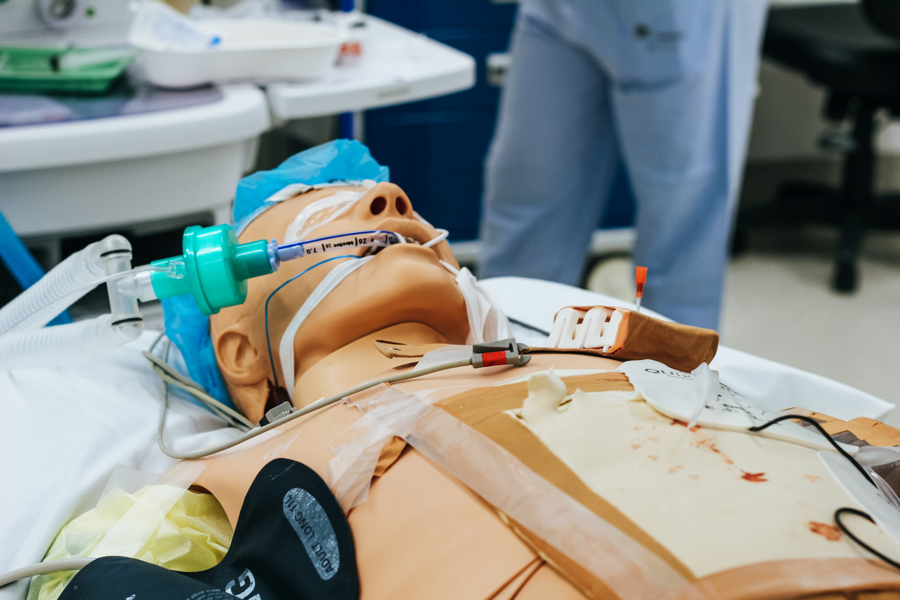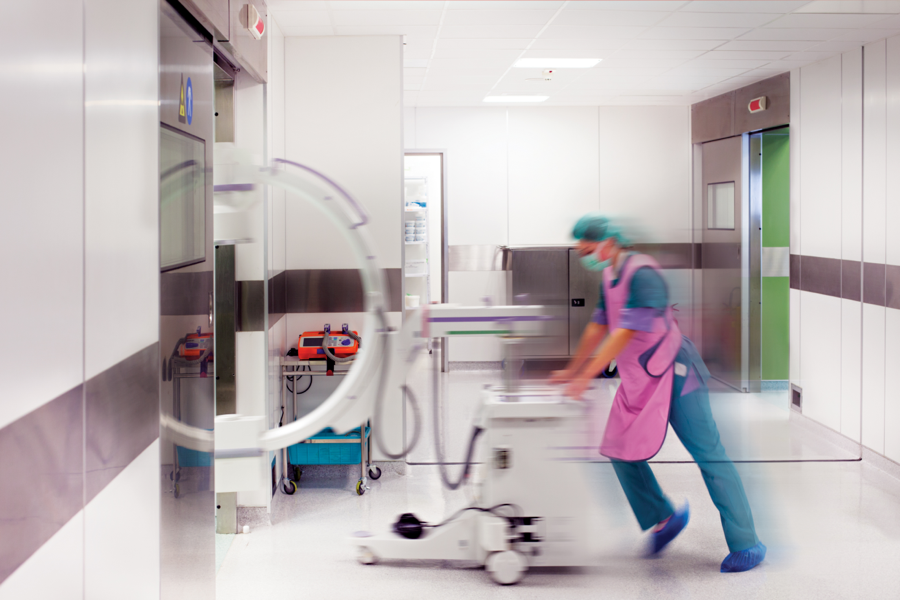
Higher education
Enhancing Nursing Education Through Simulation-Based Learning
-
 Joanna Whitfield, MSN, RN
Joanna Whitfield, MSN, RN
- Last Updated: 12/13/2023

The Significance of Simulation in Nursing Education
Simulation is of immense significance in nursing education, as it serves as a bridge between theoretical knowledge and real-world healthcare scenarios. For example, high-fidelity simulators are used to create realistic patient care environments, allowing nursing students to apply their knowledge and skills in a simulated clinical setting. This hands-on experience not only enhances their clinical skills but also fosters the development of critical thinking and decision-making abilities, which are essential for their future roles as nurses.
Moreover, the use of simulation for clinical skills training in nursing education offers several benefits. For instance, it provides students with a safe and controlled environment to practice various nursing procedures, from basic patient care to complex emergency interventions. This type of experiential learning helps students gain confidence and competence in their skills, ultimately preparing them for the challenges they will face in real clinical settings.
Furthermore, the inclusion of patient simulators or standardized patients in nursing education allows students to interact with simulated scenarios that closely resemble real patient encounters. This type of simulation not only enhances students’ technical skills but also emphasizes the importance of effective communication, empathy, and interdisciplinary teamwork, all of which are essential for providing holistic patient care. Therefore, the integration of various types of simulations in nursing education is instrumental in shaping well-rounded and competent nursing professionals.
Educator's Role and Responsibilities in Nursing Education
Nurse educators are instrumental in shaping the future of nursing by designing and implementing nursing education curriculum. They are tasked with the crucial responsibility of ensuring that nursing students are equipped with the necessary knowledge and skills to thrive in the dynamic and high-pressure environment of healthcare. For instance, they must develop a curriculum that effectively integrates theoretical knowledge with practical applications, allowing students to gain hands-on experience in simulated healthcare scenarios.
Becoming a nurse educator requires individuals to meet specific qualifications and experience levels. Aspiring nurse educators typically need to earn a minimum of a master’s degree and amass several years of practical experience in the nursing field. This ensures that they have a comprehensive understanding of the clinical aspects of nursing, as well as the expertise to impart this knowledge to the next generation of nurses.
Furthermore, nurse educators have access to a wide array of resources, including professional organizations and educational platforms, which aid in their continuous professional development and the ongoing enhancement of nursing education programs. These resources enable nurse educators to stay abreast of the latest advancements in nursing and education, allowing them to continually refine and improve their teaching methodologies to meet the evolving needs of the healthcare industry.
Impact of Simulation on Nursing Students
The impact of simulation on nursing students cannot be overstated. High fidelity simulation has proven to be invaluable in enhancing students’ clinical effectiveness and safety of practice, as evidenced by findings from a survey of undergraduate nursing students. The realistic scenarios presented through high fidelity simulations allow students to experience and navigate high-pressure clinical situations in a controlled environment, leading to improved preparedness for real-world healthcare scenarios. For example, when nursing students engage with high fidelity simulators, they not only enhance their learning but also develop crucial skills and confidence, which are essential for their future roles as healthcare professionals.
Moreover, the positive impact of simulations on nursing students’ clinical effectiveness and safety of practice is further demonstrated by the link between theory and practice provided by high fidelity simulators. This authentic learning experience helps students bridge the gap between classroom learning and real-world application, ensuring that they are well-prepared to handle a wide range of clinical situations upon entering the workforce. As a result, nursing students are better equipped to make critical decisions and provide high-quality patient care, ultimately contributing to improved healthcare outcomes.
Integration of Simulation in Nursing Programs
The integration of simulations in nursing programs, such as Accelerated Bachelor of Science in Nursing (ABSN) programs, plays a crucial role in preparing students for real-world healthcare scenarios. For example, Xavier University’s ABSN program includes at least one simulation per term, covering various patient care scenarios that become more complex as the curriculum advances. These simulations are designed to provide students with a realistic and immersive experience that mirrors the challenges they will face in their future nursing careers.
Nursing simulation rooms are meticulously structured to replicate hospital environments, ensuring that students have a safe yet authentic space for hands-on learning. This provides students with an opportunity to practice and refine their clinical skills in a controlled setting, allowing them to gain confidence and competence before they enter clinical practice.
Moreover, the emphasis on collaborative care and interdisciplinary teamwork in simulations not only prepares students for the realities of healthcare delivery but also fosters an understanding of the importance of working in multidisciplinary teams to provide holistic patient care. The structured debriefing sessions that follow each simulation enable students to reflect on their performance, identify areas for improvement, and receive constructive feedback from educators, contributing significantly to their overall learning and growth as future nursing professionals.
Conclusion
Simulation is of utmost significance in nursing education, offering a wide array of benefits for students as they prepare for real-world practice. Through the use of simulation, nursing students are exposed to various patient care scenarios that closely mimic real-life situations, allowing them to develop and practice their clinical skills in a safe and controlled environment.
Moreover, simulation-based learning is pivotal in enhancing critical thinking and decision-making skills among nursing students. By engaging in simulations that require them to make quick and accurate decisions, students are better prepared to face high-pressure clinical situations, thus improving their clinical judgment and ability to think critically in real-life healthcare scenarios.
As nursing education continues to advance and adapt to the evolving healthcare landscape, the role of simulation in preparing students for real-world healthcare scenarios is paramount. The integration of simulation-based learning in nursing education programs ensures that students are equipped with the necessary competencies to navigate the complexities of the healthcare environment and provide high-quality patient care upon entering the workforce.















